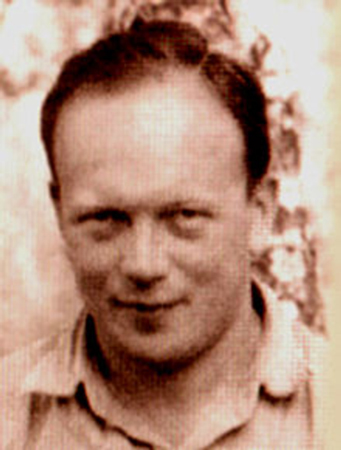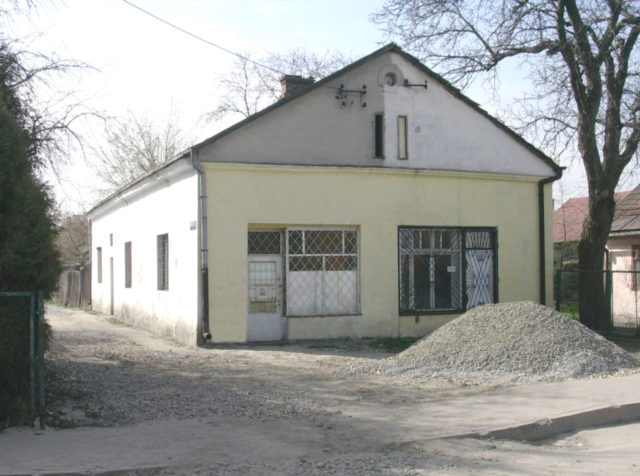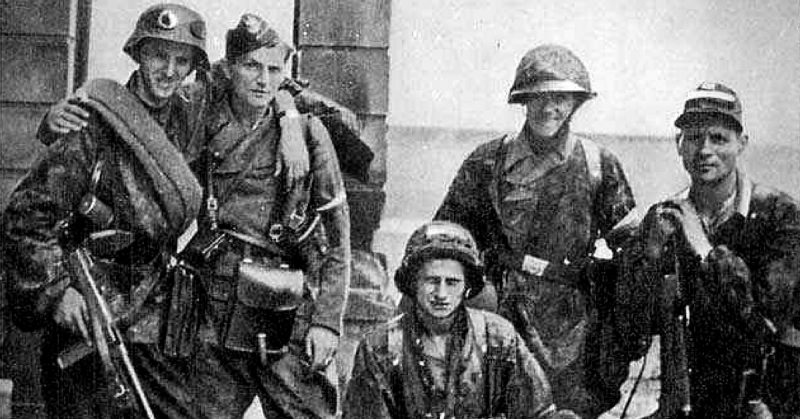Providence shone on Dr Eugene Lazowski one night in 1942 when he saw a means of escape and took it. He had been a prisoner of war in a German POW camp for three years when he saw an opening in a stretch of barbed wire. Eugene slipped through and leapt over a wall. He wasn’t sure if he had been seen. He stood next to a horse cart and petted the horse hoping to pass as its owner. A German soldier sauntered by and smiled at him. Eugene must have sighed heavily in relief when the moment had passed.
Dr Lazowski had escaped. What happened after resulted, not just in the saving of his own life, but in thousands of others.
The Underground
When Lazowski returned to Rozwadów, his hometown, he went to work for the Polish Red Cross – and the Underground.
He had seen enough violence in the war and wasn’t keen on becoming reacquainted with firearms. As a doctor, he was forbidden by the Germans to treat Jews. Defying those orders became his contribution to his fellow countrymen. When his Jewish neighbors were ill, he had them hang a white cloth on their back fence. Whenever he saw the signal, he would go to that house at night to cure the sick.
Teaming Up Against the Nazis

Working alongside him was his old med-school pal, Stanislaw Matulewicz. While these two doctors were caring for the sick of Rozwadów, Matulewicz made a discovery that would make a significant difference to the course of history. Not long after, the doctors were able to put the discovery to use.
A friend of the doctors’ was on leave from a German work camp. He was so traumatized by the experience that he had contemplated suicide. He had heard, however, that a severe illness would scare the Germans into not letting him return. Matulewicz’s discovery was just the solution.
The doctor had discovered that if patients were given a vaccine for typhus, they would then test positive for the infection for a period of time. They injected their friend with the vaccine, tested him, and waited to hear from the Germans. When they did, the Germans told them not to send their friend back to the labor camp.
Saving Lives
When they knew their plan had a good chance of success, they began to implement it. Lazowski had already been covertly treating patients and had an idea of what to do.
Non-Jewish households surrounded the Jewish ghetto in the town. While the non-Jews were at risk of being sent to work camps, Lazowski knew that the Jews were at greater risk of being sent to death camps. He also knew that the Nazis were terrified of typhus.

The two doctors executed their plan to save the town by first injecting other doctors. Then they started on the non-Jews. They bargained that the Germans would never go through a wall of non-Jews with typhus to round up people for a death camp – especially because they would believe that the entire town was already under a death sentence.
It all worked. The Germans wanted nothing to do with Rozwadów. They quarantined the village.
Only one breath-stopping moment remained. The death toll did not match what would be expected for a typhus outbreak. German officials became suspicious and sent German doctors to check it out. Lazowski and Matulewicz asked their dirtiest, grimiest, most sick looking patients to pose as typhus victims during a hospital tour. The visiting Germans took one look, and that was enough to convince them.
Over 8000 lives were saved by these two brilliant and courageous doctors. They were also humble – they did not tell anyone what they had done until a 1977 magazine article on microbiology.
